Pashmina shawls aren't just any wrap accessory. These are an embodiment of luxury and a status symbol for those who understand its value well. A coveted treasure and hence an expensive asset, Pashmina shawls are something that we, as experts, would recommend every woman to buy.
Pashmina is the art of handcrafting luxury shawls from Cashmere wool. These shawls are super soft, fine, lightweight, and remarkably warm. Pashmina shawls are usually worn in the spring, fall, and winter seasons. These are the most preferred as other warm wraps tend to be heavy. But Pashmina shawls are immensely lightweight and hence can be carried easily. In addition to this, Pashmina shawls are unusually soft, smooth, and gentle for the skin. Never has a Pashmina shawl caused a skin allergy or even irritation.
Much Effort, Much Prosperity: Making a Pashmina shawl
The making of a Pashmina shawl is one tedious task. And this task does not take a day or a week to complete. There are shawls that take months and there are shawls that take years to complete. It depends on the pattern of the shawl, like embroidery density and type, that dictates the time taken.
Pashmina shawls are handwoven from Cashmere wool which comes from Ladakh
Processing Cashmere for Pashmina
Pashmina is crafted from Cashmere wool, which is found growing on a Himalayan goat. These goats are rare and exotic and are found on the Himalayan range, where Buddhist herders rear them. As such, Cashmere can be found in countries like Nepal, Pakistan, North India, Afghanistan, and more. The finest Cashmere is, however, found in north India, in the Ladakh area.
Cashmere, Ladakh and Changthang
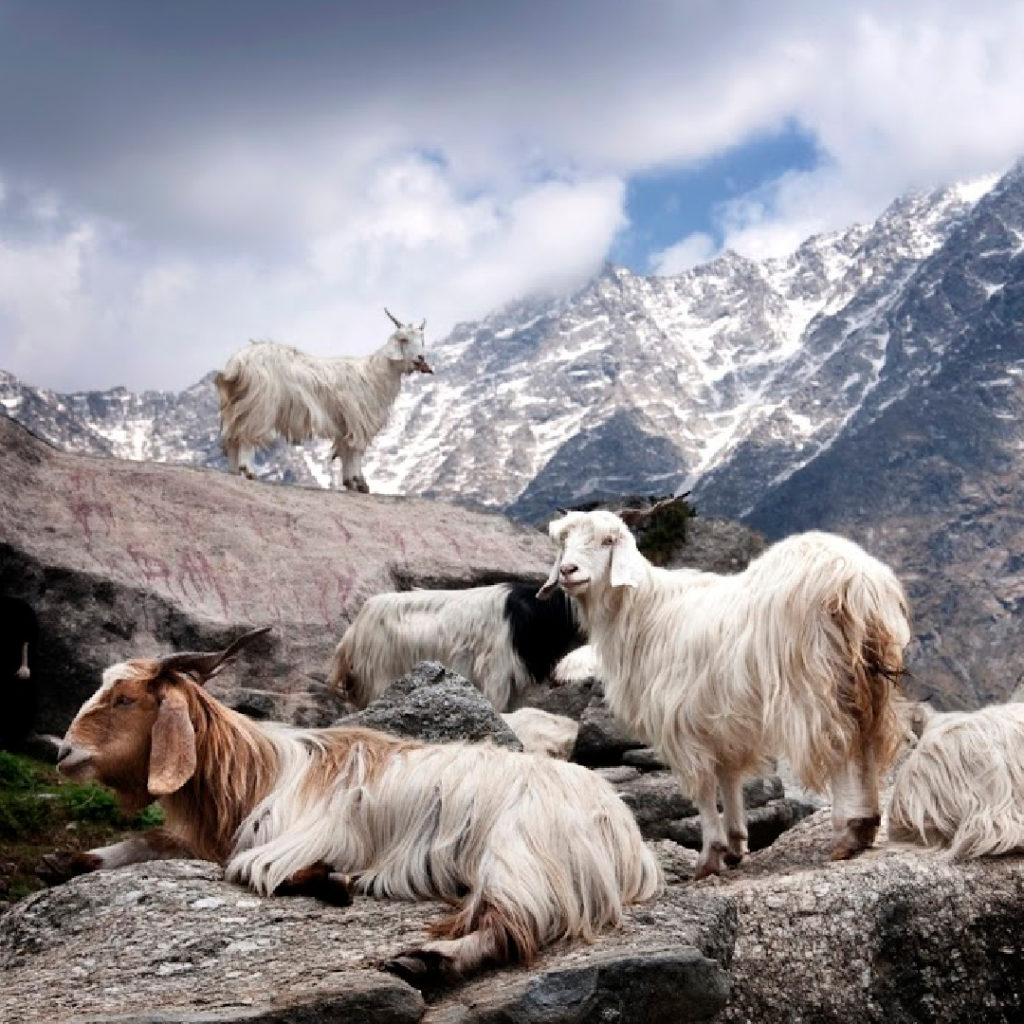
Changthang is an area located in the Ladakh area of North India. In the high plateaus of the Ladakh area where the Changthangi goat is found. The goat is exceptionally beautiful to look at, soft to touch. It is a domestic animal that survives its herders in one of the harshest winters in the world. The Changthang area is located at a height of over 14000 feet above sea level and experiences a temperature of -40 degrees winters. During this cruel temperature, it is these domestic Changthangi goats that provide them with their wool, milk, and meat.
The Changthangi goat grows fine hair as its undercoat. It is not any ordinary wool, but a very special one, with properties which amaze one. This wool is called Cashmere. It keeps the goat warm and alive when the temperature goes down to minus. Ladakhi Cashmere is the best quality Cashmere in the world and has been accepted so worldwide. It is the softest, finest, and warmest Cashmere when compared to Cashmere wool coming from other areas. These properties can be accredited to the location where these goats reside. It is said that if these goats are slightly moved from their own habitat, the Cashmere on their body becomes thicker and of poorer quality.
The Royal Love for Pashmina Shawls
Pashmina shawls are the wraps of the royals. Western women had especially developed an immense love for the fine fabric, especially when its news spread in Europe. Kings and royals from noble courts made sure to come and bring Pashmina shawls from Kashmir for their families. In 1798, Napoleon Bonaparte attacked Egypt and as a war booty collected some Pashmina shawls from the army. The shawls were graceful and the Emperor decided to gift one of these to his wife. Empress Josephine, his wife, and a fashion icon of her time loved this shawl much. It is believed that later she owned a few hundred shawls of the same type (Kani Pashmina). One can still see Empress Josephine in a portrait wearing a beautiful and luxurious Pashmina shawl embellished with beautiful and timeless motifs.
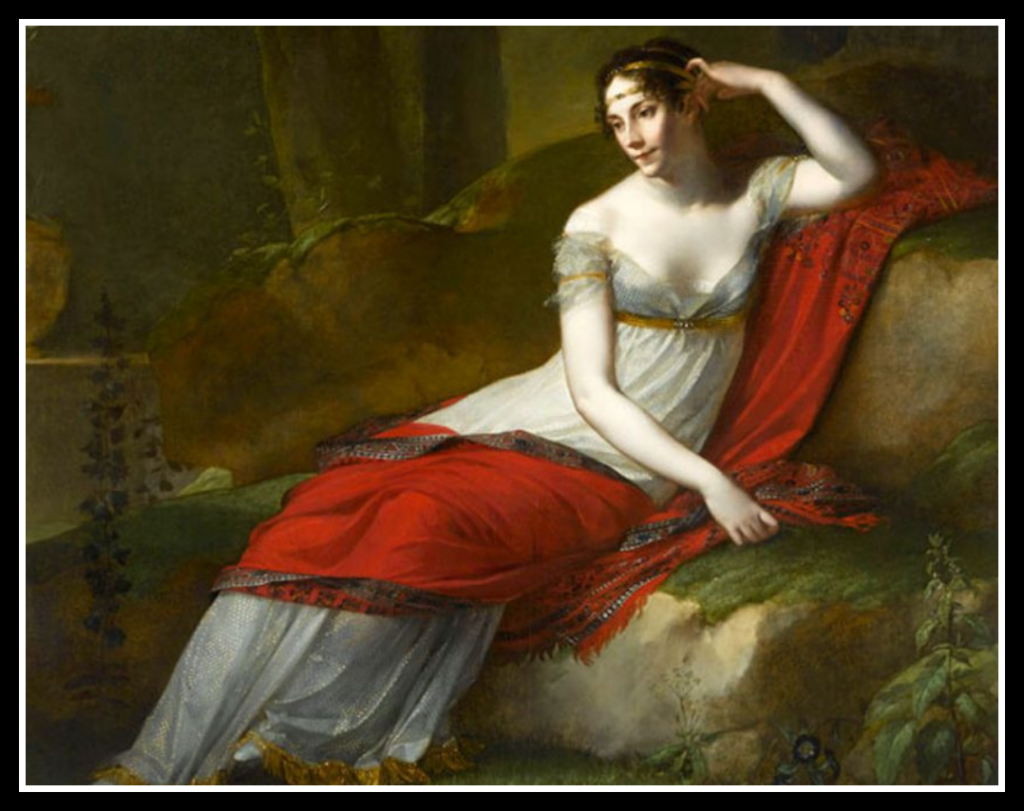
At the same time, the very affluent Nikolai Demidov, a wealthy Russian, would very often show immense love to his wife, Yelizaveta Demidova (Nikolai dominated the mines and foundries of the Urals region in Russia). Yelizaveta was a noblewoman from the royal court, and it was her royal taste that made her develop exceptional love and reverence for Kashmiri Pashmina Shawls, made from Ladakhi Cashmere. Her husband, too, showered her with the same, and many of her portraits show her wearing classically designed Pashmina shawls.
Kashmiri rulers and their love for Pashmina art
Locally, the Mughal emperors had a deep interest in Pashmina shawls. Emperor Akbar, especially, had a keen interest in developing the art of handcrafting Pashmina shawls from Cashmere wool. Mughal emperors introduced a number of embroidery patterns and motifs that can still be seen in some hand-embroidered shawls made of Cashmere. Shah Pasand Shawls are one such example of Mughal-inspired shawls which are still available with dealers and a few patrons of the art. (Shah Pasand literally means ‘Emperor’s Delight’).
Emperor Jehangir, in his autobiography ‘Tuzk e Jahangiri has described Pashmina as their favourite piece of clothing. The Pashmina industry reached its zenith during the rule of the Mughals. Members of the Mughal courts consumed large quantities of Pashmina fabric. They used it as clothing, accessorizing, decorating their walls, furnishing, bedding, and more.
Hence, in the era bygone, only the affluent section of the society enjoyed the luxury of this coveted art. Some instances show that Pashmina once adorned the court of Caesar and was the very beloved possession of the French Queen Mary Antoinette. Pashmina has always been special, and for that reason, it travelled all over the world. Its love and reverence have never been diminished from the hearts of its all-time admirers, who would still sacrifice any accessory for one Pashmina shawl.
Innovations in Pashmina
Post the 18th century, a number of innovations came up which led to British and French textile manufacturers copying Pashmina shawls as a response to their increasing popularity. They experimented with a large number of designs and fabric blends to create the softness and warmth of the Kashmiri shawl, but all failed. This was due to a large number of facts that made Pashmina shawls special and unparalleled. Here are some amazing facts about Pashmina shawls, that no accessory in the world can compete with
Amazing facts about Kashmiri Pashmina
1. The minute Micron count of the fibre
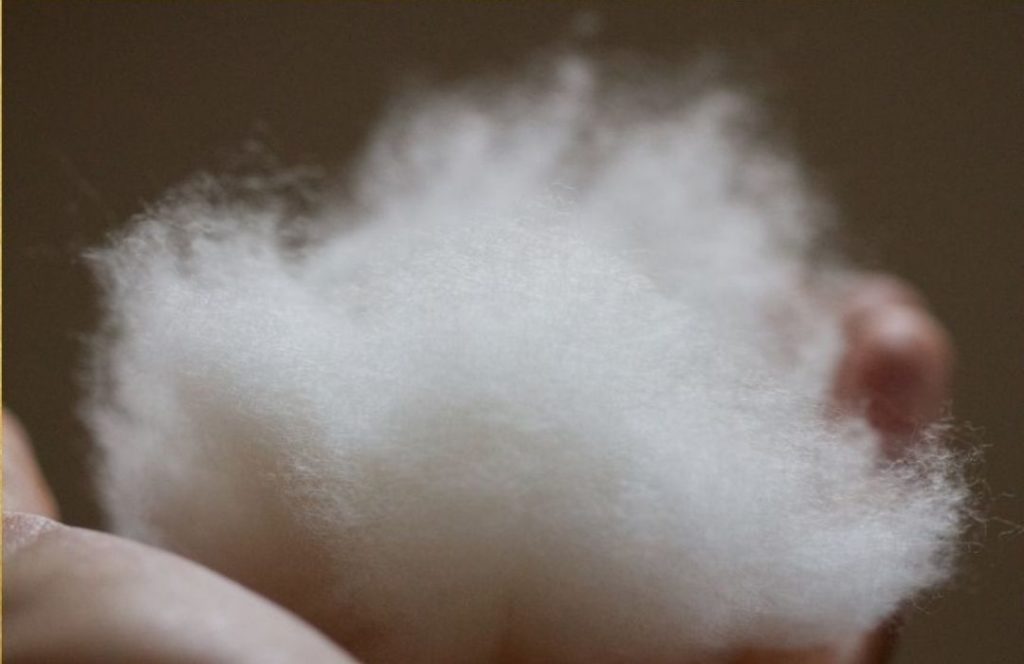
Micron count is the diameter of a wool thread. The lesser it is, the finer is the thread, and hence the more lightweight is the fabric that is crafted from it. Cashmere fibre has a micron count of just 12 to 16 microns. Note that human hair has an average micron count of 50. This makes Ladakhi Cashmere four times thinner than human hair. Now one can guess the fineness of Ladakhi Cashmere, and hence that of a Kashmiri Pashmina shawl.
2. Immensely Lightweight and hence easy to carry
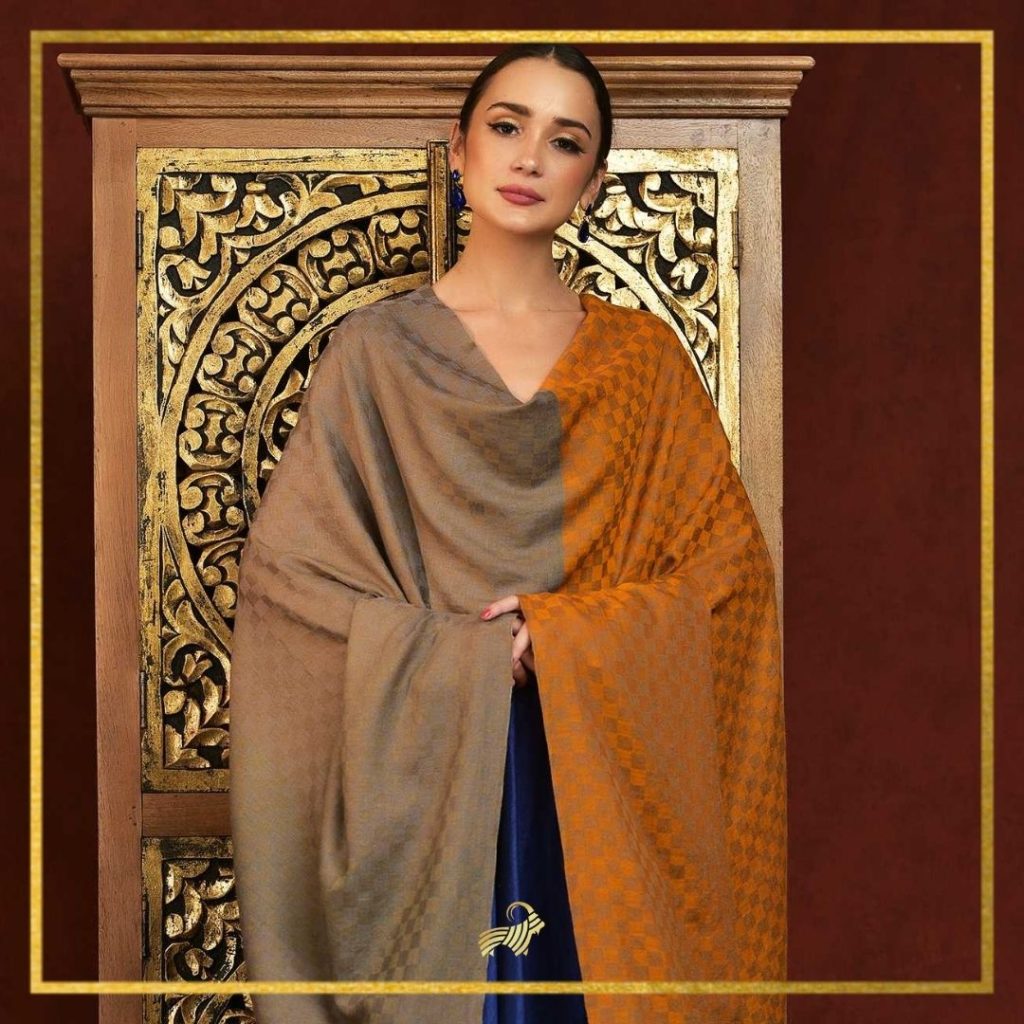
Since the count of each fibre is just 12 to 16 microns, it makes a Pashmina shawl extremely lightweight. A full-size women's shawl is around 450 grams in weight. This makes it easy to carry, and the most preferred accessory to be worn in winters. One can even tie a large shawl to a bag if the temperature allows to take the shawl off. That is how soft and flimsy the shawl is. For this reason, Pashmina shawls travelled all across the globe, when women learned about a shawl which was warmer than the warmest of shawls, but lightweight like barely there.
3. The warmth of a Pashmina Shawl is exemplary
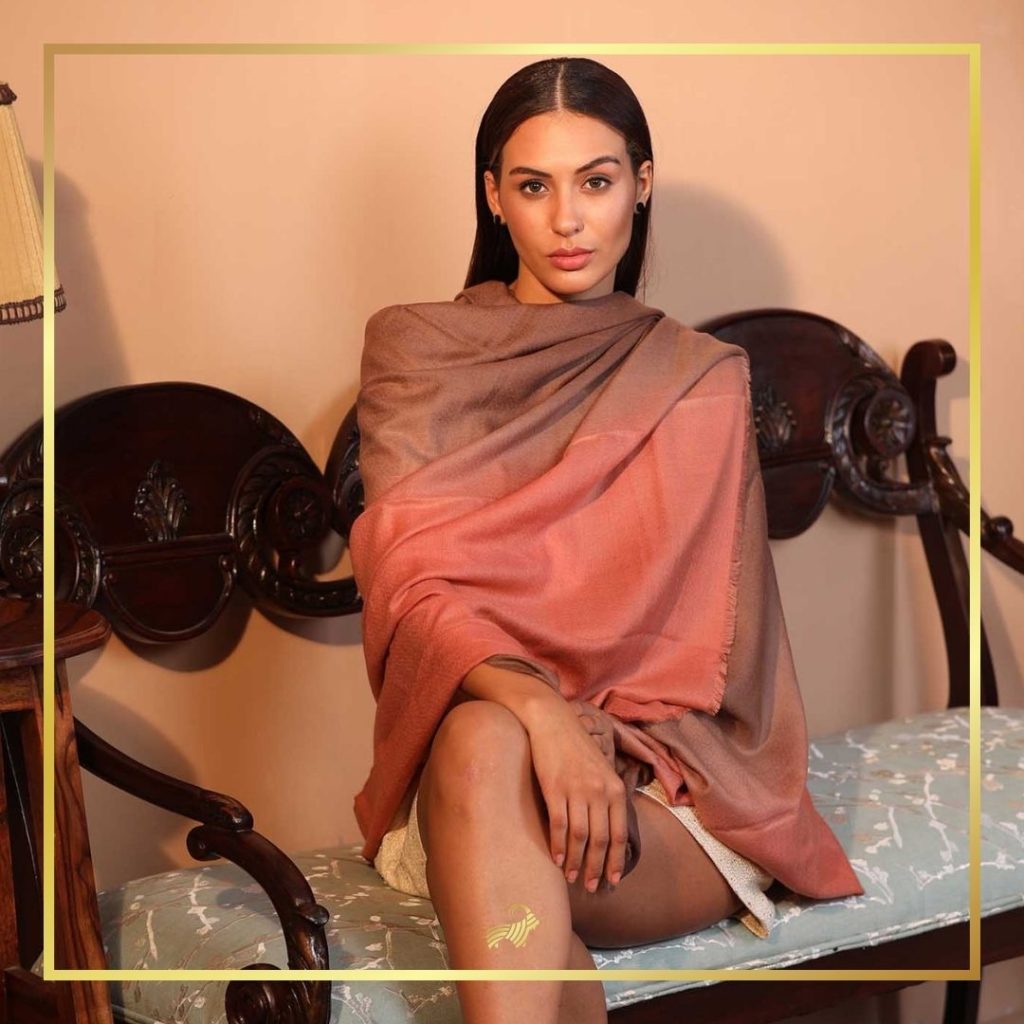
Pashmina shawls are exceptionally warm and comfortable to wear. It is enough for one to wear just a Pashmina shawl to keep warm. Many women have claimed that they do not need to wear sweaters or jackets, and just a shawl made from Cashmere is enough to keep them cozy and comfortable.
Pashmina shawls are a natural insulator. These capture the heat inside and prevent the cold from reaching the skin. Hence for a long winter season or even a sudden dip in temperature, Pashmina is the safest place to hide.
4. Handmade from acquisition to selling
A Pashmina shawl is handcrafted. Pure Cashmere is acquired from the Changthangi goat in Ladakh. It is naturally shed by the goat in the spring season, which is collected by its herders. Cashmere is then cleaned, and sold to its processors.
Processing starts from spinning which is done over a wooden spinning wheel. It is spun by women spinners and transformed into 12-micron threads. These threads are handwoven by men, who mount the threads on a handloom and weave them into Pashmina shawls.
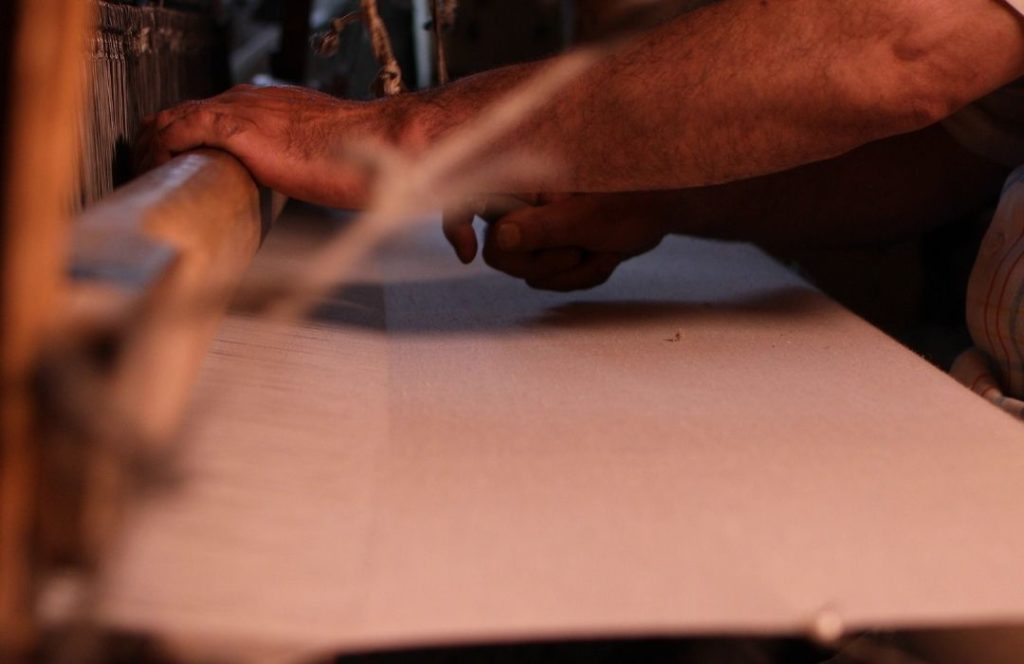
These shawls are solid, and if embroidered, it is only hand embroidery that is done over these shawls. The finesse and flimsy base does not bear the strain of machine embroidery, and can tear easily if treated harshly.
5. Shawls that take years to complete
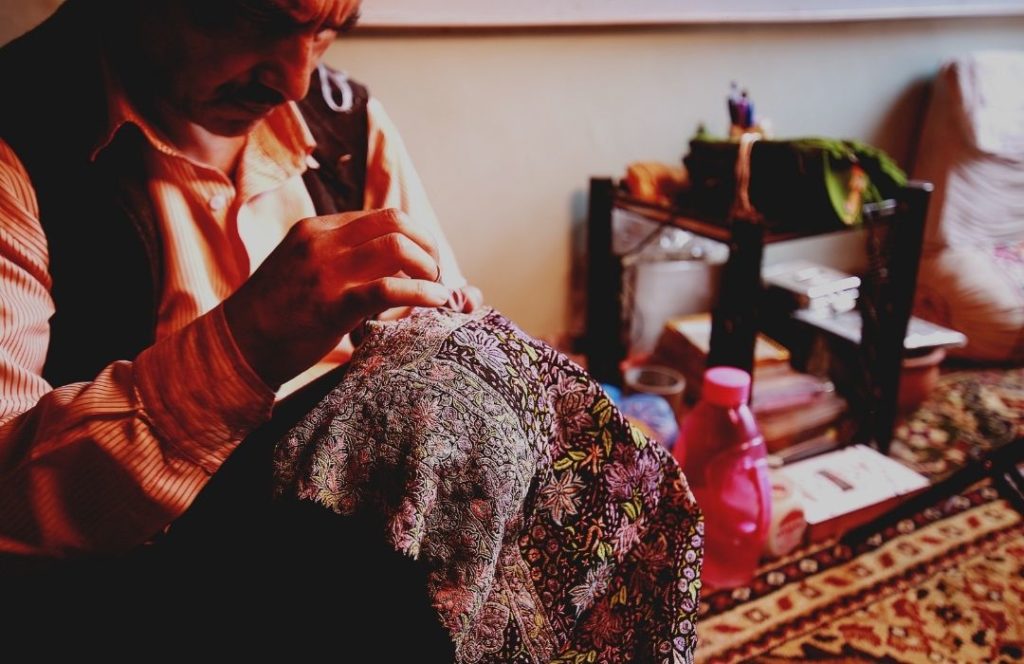
The time taken to complete a Pashmina shawl sometimes takes years together. Jamawar shawls, which are embroidered by hand all over the base, take 5 to 6 years to complete. Artisans can embroider up to an inch per day, and hence the fine embroidery patterns take years to complete. Patrons of this fine art wait patiently for the product, which fills them with delight when it comes out in the market to be the crown of their wardrobes.
6. Less production, more demand
Cashmere production is very less when compared to other types of wool. One Changthangi goat produces just 150 grams of wool, and hence 3 or 4 goats are required to make one large Pashmina shawl which measures 200 cm * 100 cm (L*B). For this reason, herders have to wait for the Spring season, each year, so that the goat sheds its hair and then they collect it. Likewise spinners have to wait for herders to clean it and send the wool to them, weavers have to wait for spinners to change lumps of wool to fine threads, embroidery artisans wait for weavers and so on. It is finally the customer who has to have a lot of patience, and wait for the masterpiece to reach him.
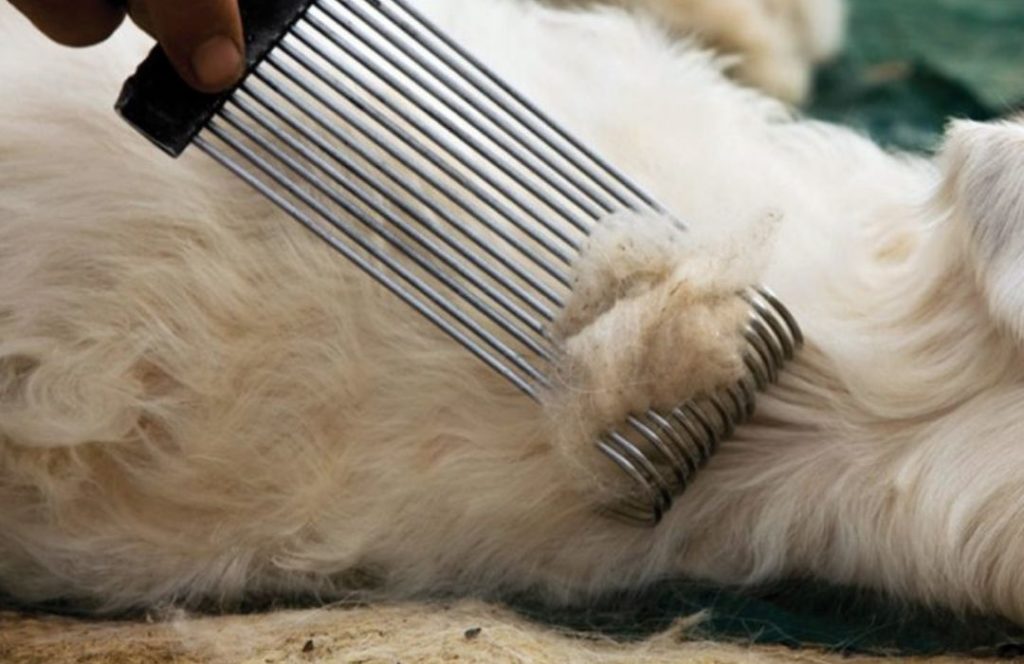
Pashmina has a high demand and this has been so for centuries. Hence, the less production of Pashmina becomes one of the cons that Pashmina users do not like. Yet, being admirers of fine art, they never complain, and always wait patiently for their treasurous piece.
7. The Expensive art of Pashmina

Since the production is low, the processing is manual and time-consuming, and the demand is high, Pashmina shawls tend to have a high price. Some shawls may cost you some hundred dollars while others may be priced a few thousand dollars. It all depends on the technique, time taken, embroidery pattern, weave pattern, and a lot more factors that dictate the price of a shawl. And while some may complain about the high prices, others spend time making them understand how Pashmina shawls deserve every dollar spent on them.
8. A Lifetime with Pashmina
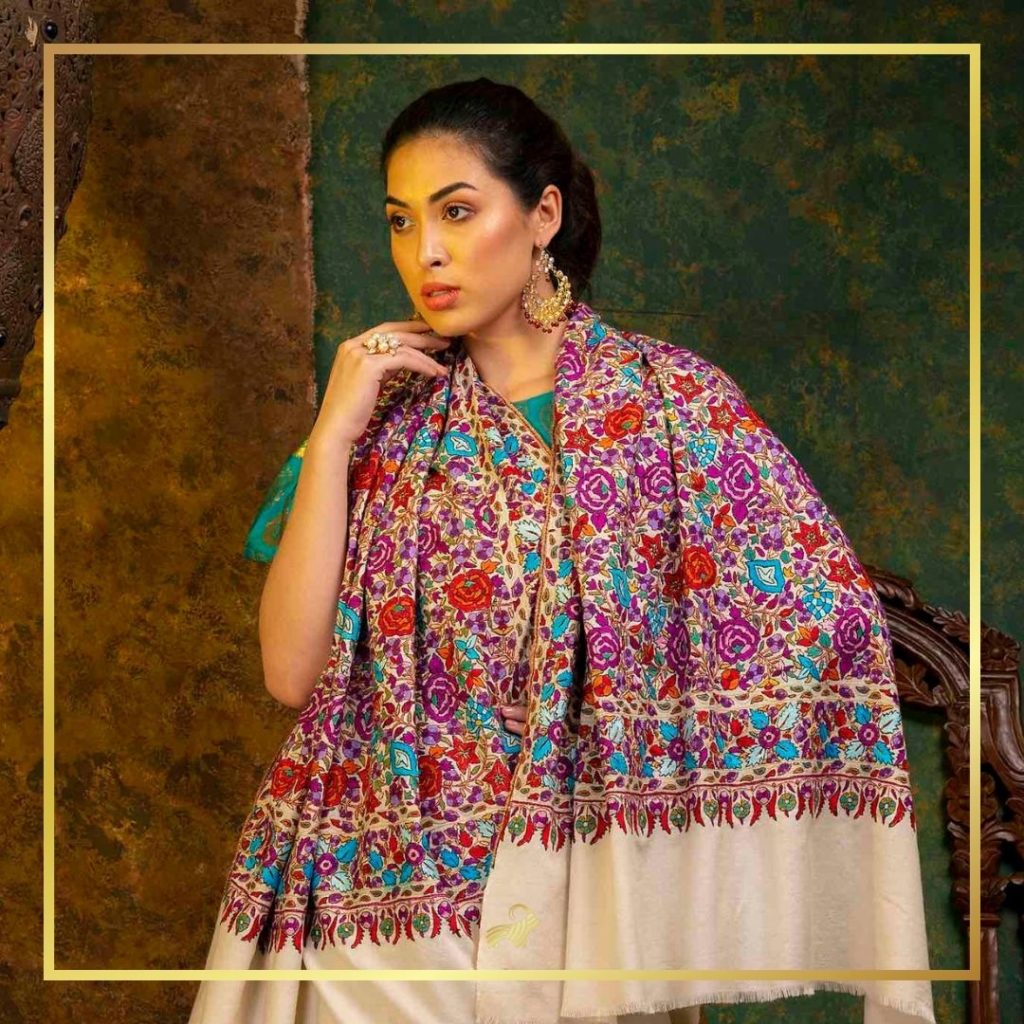
Pashmina is a lifetime investment. A pure Pashmina, handmade from the purest Cashmere threads will last for an entire lifetime. The newlywed bride in ancient Kashmir would receive her mother’s shawl as a gift on the day of the wedding. This shawl would be around 30 years old, and would never look old. In fact, some say that these shawls would have acquired an heirloom look, and would look more regal and aggrandized than a fresh piece.
Pashmina shawls travel through generations. But it is just pure shawls that do so. A fake or mixed Pashmina shawl won't last for more than 3 or 4 years.
Also read: Pashmina Gifts - A Lifetime of Memories
9. Timeless Pashmina shawls
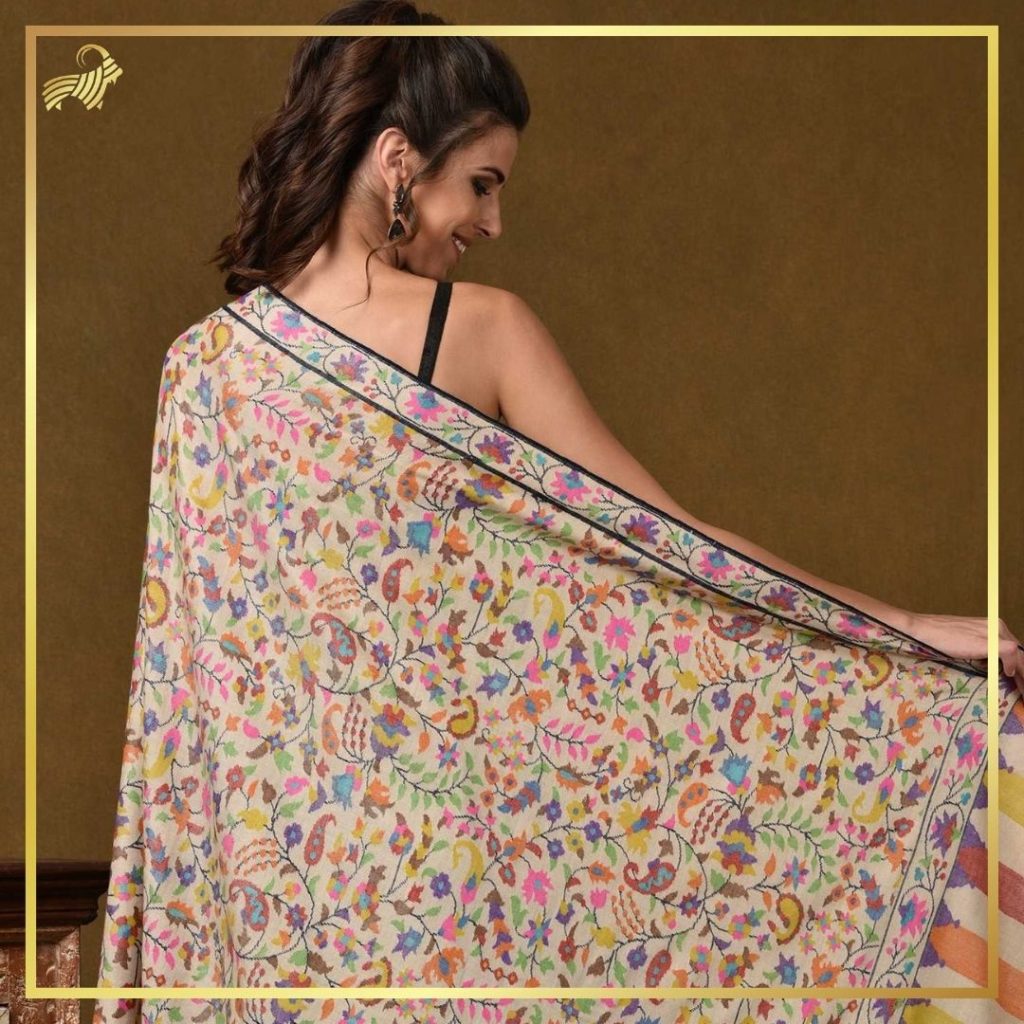
Pashmina shawls can be worn by women of any generation because of their versatility. If there are hand embroidered and Kani shawls for elderly women, there are in vogue prints and patterns for the younger ones. Hence, one more reason to love Pashmina is its ageless nature and the fact that there is a Pashmina for everyone.
These are some amazing facts that overwhelm one who owns a Pashmina shawl. Many of us who own Pashmina shawl does not do anything more than its warmth. Others who know all do not own one. Hence, as stated earlier, our fashion experts recommend every woman to own at least one Pashmina shawl, or scarf, or wrap, and be the queen of style that she always wanted to be.
10. Softness that is unparalleled
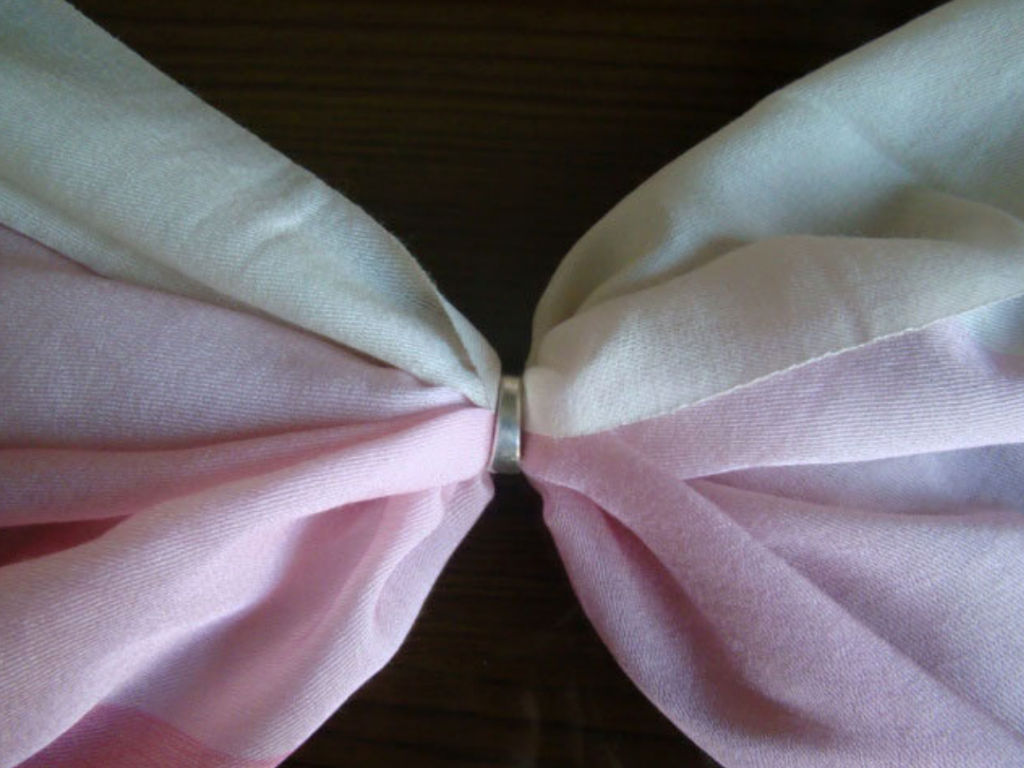
Pashmina shawls are incredibly soft and smooth. These properties make a full shawl pass through a finger-ring. This amazing fact has been used by sellers to show the purity of Pashmina shawls. However, passing through a finger ring is just evidence of Pashmina shawls being unimaginably soft, smooth, and fine. It has got nothing to do with the purity or originality of the shawl.
Also read: 7 Questions you need to ask while you purchase a Real Pashmina